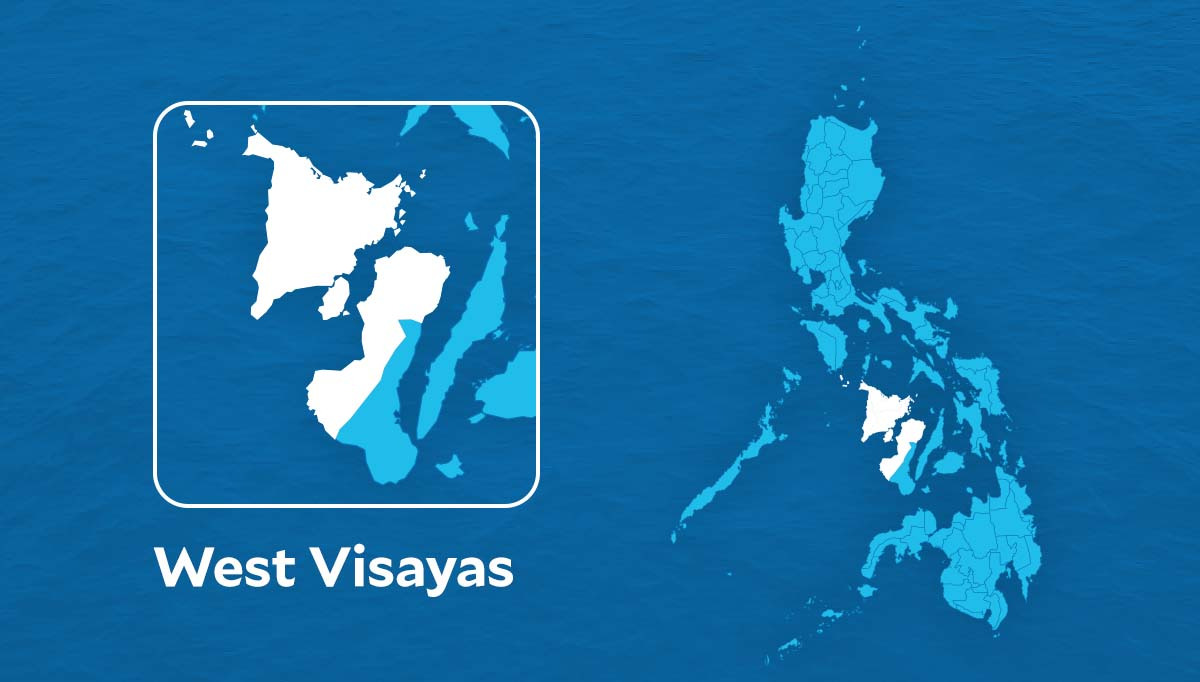Damage to sugar, molasses due to dry spell in West Visayas hits P215.7M
BACOLOD CITY — The severe heat brought on by El Niño has vastly damaged sugar and molasses in Western Visayas.
Pablo Luis Azcona, the administrator of the Sugar Regulatory Administration (SRA), said the damage had reached P215,700,114, with the figure likely to increase.
Negros Occidental bore the brunt of the damage at P200,178,856, followed by Capiz (P13,747, 242), and Iloilo (P1,774,015).
At least 3,283 farmers tilling 5,753 hectares of sugar land in Western Visayas have been affected by the drought. At least 2,392 farmers are based in Negros Occidental.
Azcona said the bulk of the farmers affected is agrarian reform beneficiaries in hinterland areas, who have no water sources or access to irrigation.
Article continues after this advertisementSugar production in Mindanao has made up for the losses in Negros.
Article continues after this advertisementAzcona said the SRA’s projected sugar production for the crop year 2023 to 2024 was 1.85 million metric tons (MT), but as of April 28, it has hit 1.9 million MT.
He said there was an increase of 3,000 hectares of sugar land, which is the biggest contributor to the production increase for the crop year.
Azcona said the bulk of the drought damage would be reflected in the crop year 2024 to 2025 production report.
Former SRA administrator Rafael Coscolluela said Negros and Panay produced 751,180 tons of cane as of April 21.
“Divide 42,444 tons estimated drop in tonnage by 751,180 tons production, and you get a 5.65 percent estimated drop in tonnage. I think that’s on the optimistic side,” he said.
Coscolluela said his rough estimate was a 30-percent drop in production for Negros and Panay on the assumption that the drought would last beyond May.
“It all depends on how much rain will fall and when,” he said.
He cited unfertilized new crops due to dry conditions, stunted growth, dead cane, unplanted fields, more ratooning, and a possible cutback of standing cane to get new planting material for replanting when the rain comes.
“Some rains have been falling, so that could improve the situation a bit,” Cocolluela said.
The SRA, meanwhile, has an ongoing El Niño drought mitigation program for small farmers.
It has allocated P66 million for irrigation equipment, pumps, and shallow tube wells.
